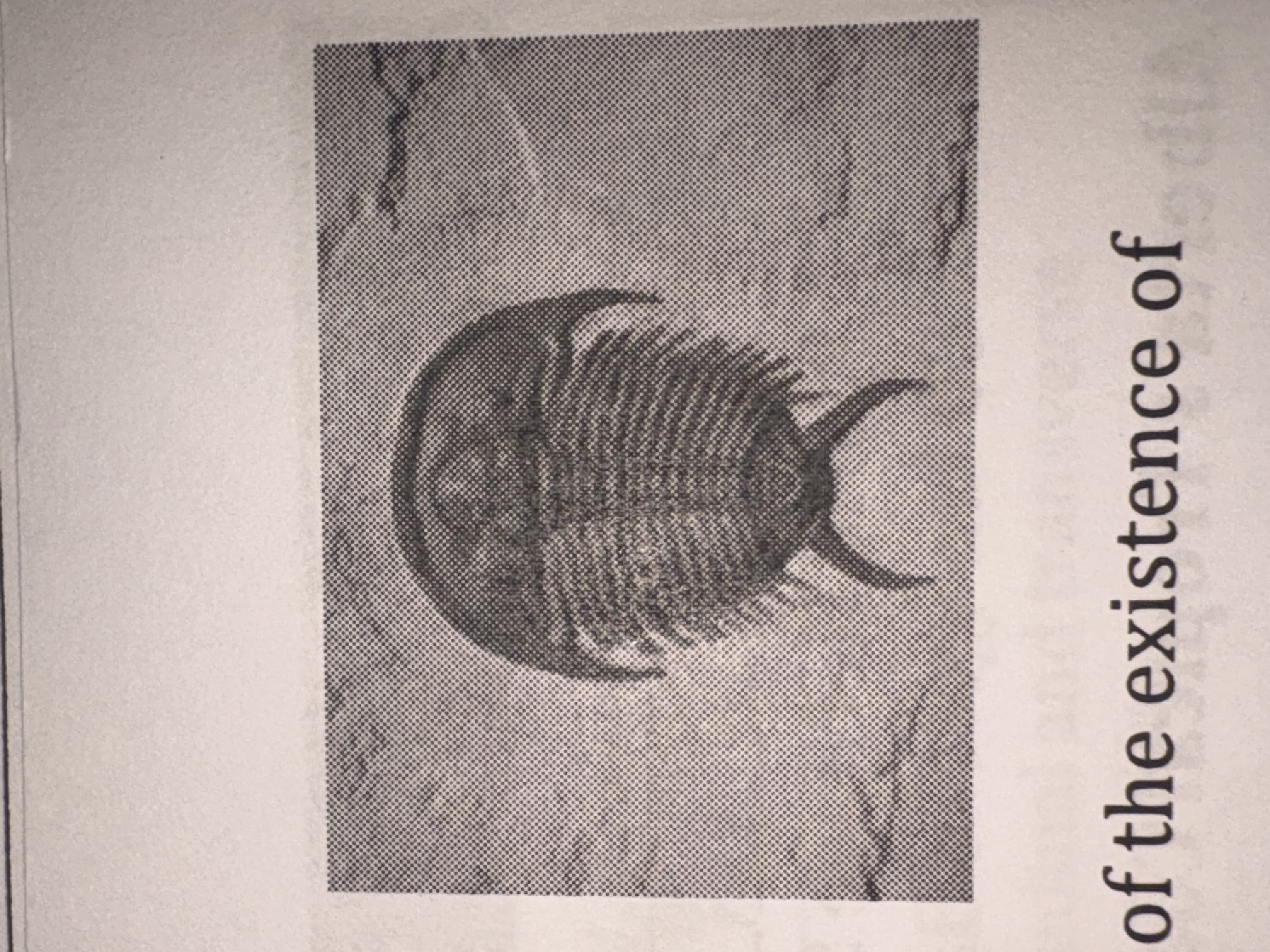geology 2.1 - 2.5
1/17
There's no tags or description
Looks like no tags are added yet.
Name | Mastery | Learn | Test | Matching | Spaced |
|---|
No study sessions yet.
18 Terms
Rocks
Igneous: this rock forms from the cooling of magma that escapes to the Earth’s surface.
Sedimentary: this rock forms in layers packed down with pressure over long periods of time.
Metamorphic: this rock forms between the continental plates and is changed.
Nicolas Steno who created 2 laws
Relative age: the age of a rock or fossil compared to the ages of the layers around it, without giving an exact number of years.
Absolute age: the number of years that have elapsed since an event occurred.
The order of steps in the process of fossilization
Life —> death —> burial —> preservation —> discovery—> recovery
Difference between the 2 terms
Anaerobic: does not require oxygen
Aerobic: requires oxygen
Cambrian explosion and biggest mystery surrounding it
Oxygen levels reached a high enough concentration to support the more active metabolism of mobile organisms.
The short time it took at the variety of organisms found.
Superposition
A sequence of rocks is the chronological record of a given region.
Stratigraphic sequence
A sequence of rocks that is a chronological record of the region’s geological history.
Relative dating
The process of placing rocks and geological structures in the correct chronological order.
Intrusion
A body of rock that forms from the invasion of magma into pre-existing rock formation.
Stromatolites
Alberta’s earliest fossils
Mould/Imprint
Material has dissolved leaving an impression.
Trace fossil
No remains of actual organism but there is evidence of their presence.
Petrified
If the original material is replaced by a mineral (silica)
Cyanobacteria
The organisms responsible for producing much of original Earths atmospheric oxygen.
Index fossil
Can be used to correlate rock layers in different locations.
Trilobite

Earth: 4.6 billion years old
Universe: 13.5 billion years old
Burgess Shale
Organisms fossilized in it were once inhabiting a shallow area along the edge of a tropical sea (mount Walt’s in the Rockies full of preserved fossils)